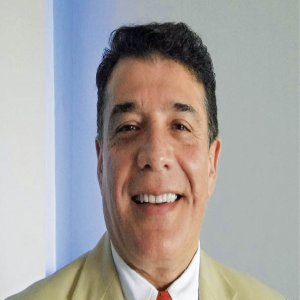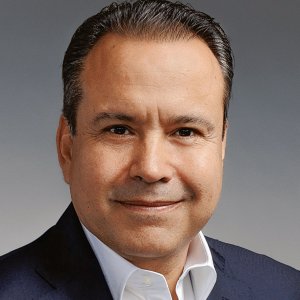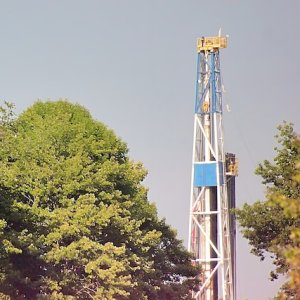Overcoming Challenges in Metropolitan Water Supply

Q: What role does Mexico City Water Systems (SACMEX) play in providing water-related services to the inhabitants of Mexico City?
A: SACMEX is a decentralized organism belonging to SEDEMA and is in charge of supplying potable water to the residential sector. We also take care of sewage and drainage, and our waste water division treats 12% of the water that is used in Mexico City. SACMEX has a program for unclogging drainage systems that provides maintenance to the pipes throughout the year. General maintenance is carried out on the 13,000km of potable water pipelines every two years. Our water treatment operations rely heavily on the largest water treatment plant in the city, which can handle 4m3/s. At the moment, we are treating 2.2m3/s in that plant, and these operations are supported by smaller plants that range from 10l to 200l. SACMEX also maintains to the electromechanical systems used to supply potable water, such as pumps used in wells, pumping facilities, and water tanks.
Q: How are you working on making sure that potable water is effectively supplied to the people of Mexico City?
A: Mexico City obtains its potable water from internal and external sources, and due to the city’s topography it is difficult to import water from other locations. Therefore, the water that is used in the city comes from the subsoil and is extracted through wells, which are known as internal resources. Wells in Mexico City and the State of Mexico comprise 70% of the supply, while the remaining 30% comes from external resources, mainly from three water systems under CONAGUA’s jurisdiction. The Cutzamala system produces 9,000l/s, Barrientos produces 2,200l/s, and La Caldera contributes with 600l/s. On average, the city’s total water consumption is close to 31,000/s. We have drilled 970 wells in Mexico City and the State of Mexico, with 250 potable water pumping facilities. SACMEX’s potable water operations also entail repairing leaks. According to the latest studies, close to 25-26% of the city’s water supply is lost in leaks. This is the equivalent of 8.5m3/s and includes water use from households and commercial establishments that do not pay for their water. We repair close to 20,000 leaks each year, and so far we have replaced close to 1,500km out of 13,000km in the potable water pipeline network with newer polyethylene pipes.
Q: What challenges have you faced during your tenure of supplying the Mexican capital and how are you addressing these?
A: SACMEX’s objective is to supply water to everyone in Mexico City, but it impossible to maintain a constant supply at all times across the whole city. The way we mitigate this shortcoming is by supplying water to different districts during different schedules. In case of an emergency related to water shortage, we have 260 potable water storage tanks with an auxiliary 1.5 million m3 of supply. However, this water reserve would not last more than a day and a half. Given these difficulties, we are currently working on a strategy to improve the distribution and quality of potable water. This will be achieved by replacing some of the pipes, as some of the city’s water infrastructure has exceeded its standard lifespan, thus increasing the possibility of leaks. At the moment, we are carrying out studies to triage the neighborhoods and streets where the piping needs to be replaced. We are currently working on segmenting the city’s water network in order to supply water to locations where it is currently unavailable, or where pressure levels are too high to supply water in traditional ways. The way these segments operate is by isolation from the primary network so that pressure levels can be controlled during distribution.
Q: Have you sought alternatives for supplying water to remote settlements with infrastructure deficiencies?
A: We have projects to recover rain water from rooftops, and we have also been working on drilling absorbing wells. Unlike traditional potable water extraction wells, these wells receive the rain water we collect, which we then treat to remove large, solid particles. SACMEX, in collaboration with the district governments of Iztapalapa, Xochimilco, and Tlalpan, has drilled approximately 400 absorbing wells that will help replenish the aquifers to some extent. It is important to keep in mind that in Mexico City, it only rains for five months per year. Making a rain water network is rather expensive when considering that rain is intermittent. At the moment we are working on a water recovery project with schools in Tlalpan, Xochimilco, and Milpa Alta, where rain water is captured from the schools’ rooftops, then sent to water wagons, and ultimately used in restrooms.



















